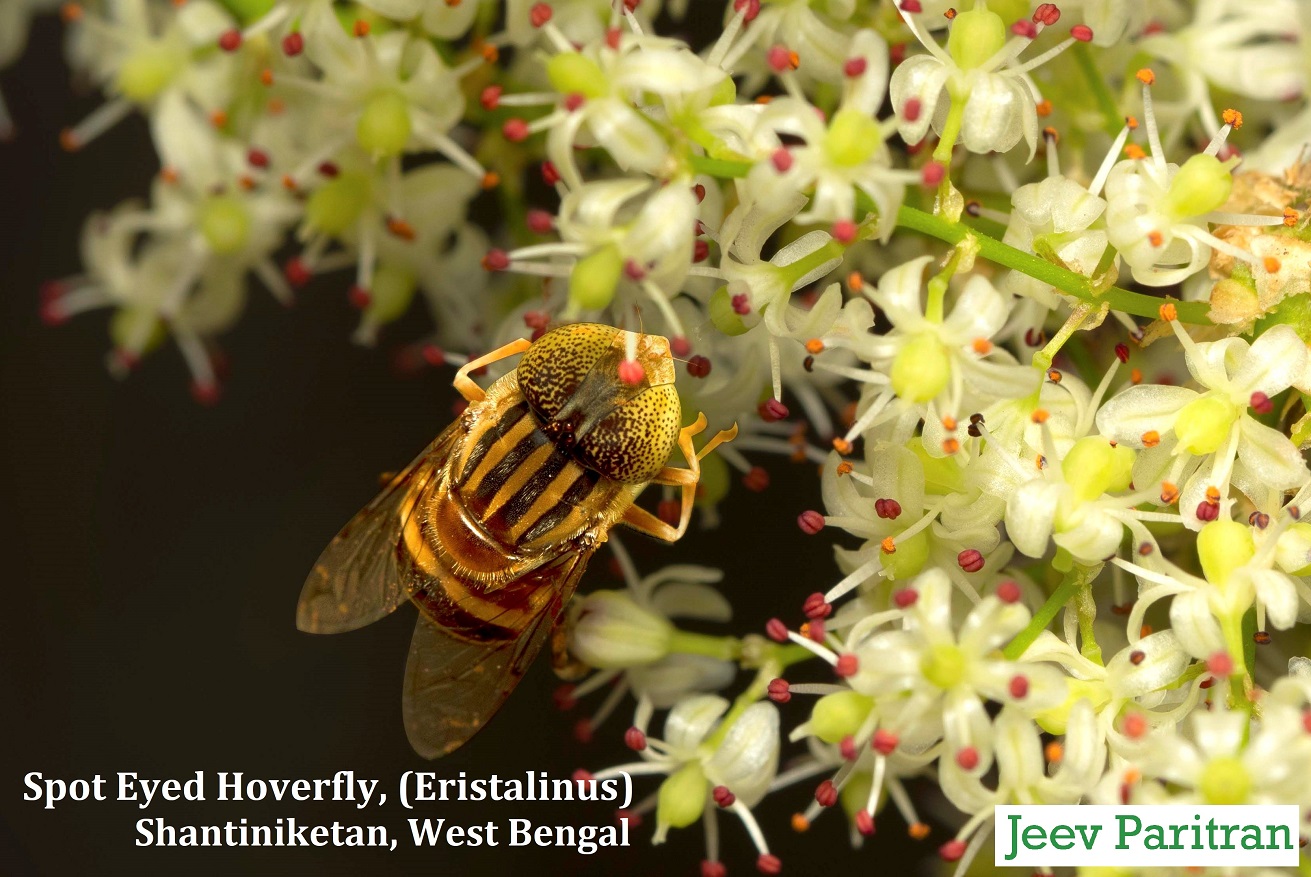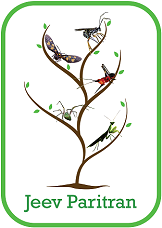
Arthropods (i.e. insects, spiders, centipedes, scorpions, crabs, prawns, and others) are the most varied and abundant living creatures on earth.
There are over 1 million identified species of arthropods (out of which most are insects) and the estimated number is more than 5 million. By comparison, there are only 5,416 species of mammals.
These life forms are omnipresent, they are literally everywhere – they are right at our doorstep or in our backyards. Sitting at the core of the food web, they extend vital ecological services to mankind and all living creatures on earth, and are crucial for proper functioning of all ecosystems. They pollinate a majority (60-90%) of plant species, act as natural pest controllers and they recycle nutrients in the soil. Insects are also food to diverse groups of vertebrates, frogs, reptiles, birds, bats, spiders and several mammals that are insectivores. They produce honey, silk, lac and medicines. Arthropods also play a crucial role in maintaining the mineral content in freshwater resources by adding carbon, nitrogen and phosphorus as they fall into these water bodies which in turn decides the diversity of the aquatic life.
As very rightly said by Prof. Edward Osborne Wilson, the father of sociobiology, arthropods are “The Little Things that Run the World” and restoring them will allow the “larger animals to survive”.
Global decline of Insect population
In recent years, there has been a significant decline in their numbers. As per studies published in the journal Biological Conservation which reviewed 73 reports on insect decline around the world, insects will go down the path of extinction in a few decades and could vanish within a century. Scientists have mentioned that our planet is facing the sixth mass extinction which is attributed to human activities responsible for insect annihilation. The rate of extinction is 8 times faster than mammals, birds, and reptiles. We also know the fact that 50% of the number of animal individuals that once shared Earth with us is already gone. India too is witnessing a sharp decline in the number of insects and also oblivion of many insect species.
Charles Darwin
In 1828, a teenager named Charles Darwin opened a letter to his cousin with “I am dying by inches, from not having anybody to talk to about insects.” Almost two centuries on, Darwin would probably be thrilled and horrified: Across the globe, people are abuzz about insects, but their discussions are flecked with words such as apocalypse and Armageddon. (The Atlantic, Feb 2019)
Loss of habitat and polluting farming practices are the two biggest factors responsible for the rapid decline in the insect population. Agriculture practices with intensive use of pesticide, insecticide and chemical fertilizers are the pollutants responsible for death of insects across the globe. There are several other inter related factors such as change in land use pattern, urbanization, fragmentation of forests, growth of industries, increase in temperature and water & air pollution. Climate change is also taking its toll on the biodiversity stock with recurring cyclones, floods, droughts and deficient rainfall which is likely to increase in frequency in the coming years.
Broad Classification of Arthropods
Insects
- Largest group among Arthropods
- Number of identified species: 1 million
- They constitute 90% of all animal species on earth
- Number of estimated species: more than 5 million
- 89% of the global insect population has not even been named
- Insects have 6 Legs and have Antenna
Arachnids (Spiders, Mites, Ticks, Scorpion and others)
- 2nd largest group among arthropods
- Approx. 1,00,000 species
- Spiders: 40,000 species
- Mites & Ticks: 50000 species
- Daddy long legs: 6000 species
- Scorpions: 2000 species
- Pseudo scorpions: 3000 species
- Arachnids have 8 legs and do not have antenna
Myriapods(Millipedes, Centipedes and others)
- Approx. 15000 species
- Millipedes: 10000 species
- Centipedes: 3000 species
- No. of legs range from less than 10 to 750
CRUSTACEANS (Crabs, shrimp, prawn, crayfish, woodlice etc.)
- Approx. 50000 species
- Crabs: 5000 species
- Shrimp: 2500 species
- Crayfish: 500 species
